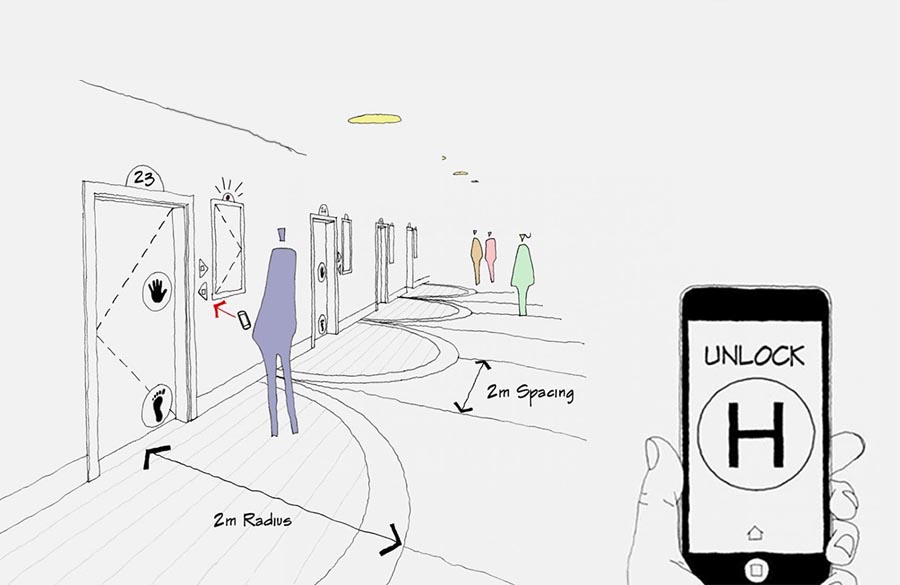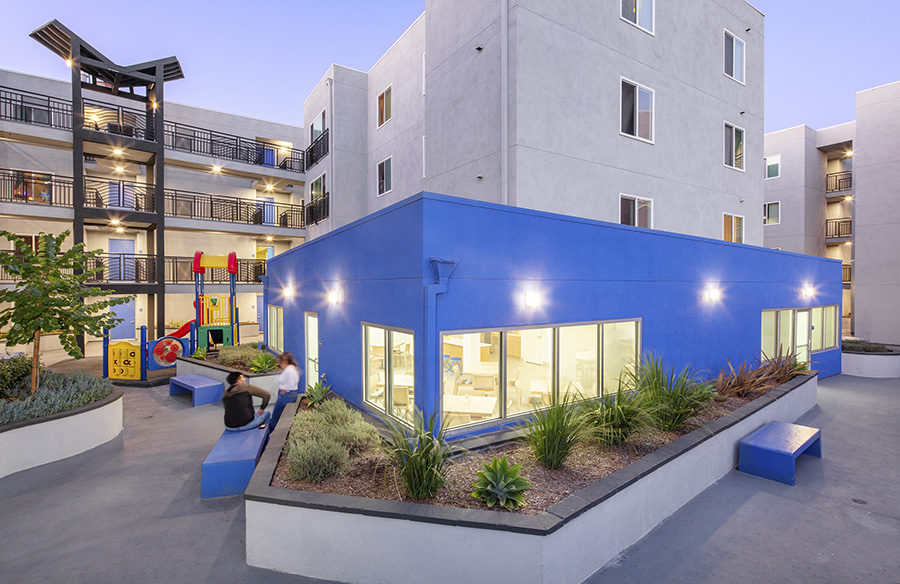The pandemic has turned the hospitality sector upside down. As parts of the world are gearing towards welcoming tourists once again to their countries post the pandemic furore, there must be alterations made to the existing hospitality designs as hotels and restaurants should re-open adhering to safety rules issued by WHO.
Hospitality design is awaiting a revamp to accommodate people safely and many think that the WHO released rules and regulations on public conduct during the pandemic might become mandatory codes to be followed in design and construction. Buildings belonging to the hospitality sector should meet social distancing and hygiene requirements as they are meeting points for people from all over the world.
Some trends seen in post-pandemic Hospitality Design are as follows:
1. Contactless Check-in Points
Check-In Counters and Reception Counters are the first points of interaction in hotels and restaurants. Several design connoisseurs have proposed to design and develop contactless check-in points to prevent possible threats to public health through the interactions of staff and guests. Installation of Hotel Apps and Smart technologies are encouraged in a bid to minimize human interaction. Other methods of lowering interaction include touch-less temperature counters, doors that open with smartphone applications etcetera.

2. Hygiene Perception and Procedures
Reminders about hygiene and public health safety placed around hotels and restaurants in the form of signages are encouraged and easy to clean surfaces can help maintain the sterility of the environment. For example, hard surfaces and non-porous flooring is easy to clean. Automation in the interiors and structure helps to propagate non-touching functionality in hotels and restaurants. Automatic Sliding doors, Sensor enabled faucets and flush systems, etcetera, promotes hygienic and touch-less design.

3. Distanced Dining Experience
Development of new configurations of dining layouts in hotels and restaurants is required. Physical separation within interior seating areas that feels intentional and subtle helps to practice social distancing within restaurants. There is no future for a buffet dining experience at restaurants and hotels. Customers may not find the idea of a buffet appealing as the meals may get exposed to airborne particles.
Distancing codes must be in place in the food preparation area, the food staging area, and a completely separate dish-washing. Designers and supervisors also should keep in mind the procedures of disinfection, food preparation and food handling while designing the layout of the kitchen.

4. Pandemic-Ready Airflow Systems
The outbreak of the pandemic has affected how people perceive the use of the HVAC system, especially since the virus is airborne. Studies show that HVAC systems enable transmission of the virus from person to person, especially in closed-off spaces like a restaurant or a café.
Many companies have already produced Pandemic Ready HVAC systems that can block the spread of the virus by regulating the room pressure levels. The idea of using high calibre airflow systems in hospitality properties, might not be economical but is safe and will be a new trend that will ensure people’s health and well-being.

5. Functional Outdoor Areas
Hotels can create outdoor spaces that the guests can use safely abiding the social distancing rules. Hotels and restaurants can integrate outdoor seating opportunities in addition to the indoor seating available. Use of shading devices, passive cooling and warming techniques etcetera to stimulate outdoor seating space is permitted.
Outdoor spaces can also double as outdoor dining areas in addition to the indoor dining areas. Hotels can transform outdoor spaces in the form of outdoor fitness centres, socially distanced yoga and dance centres etcetera.
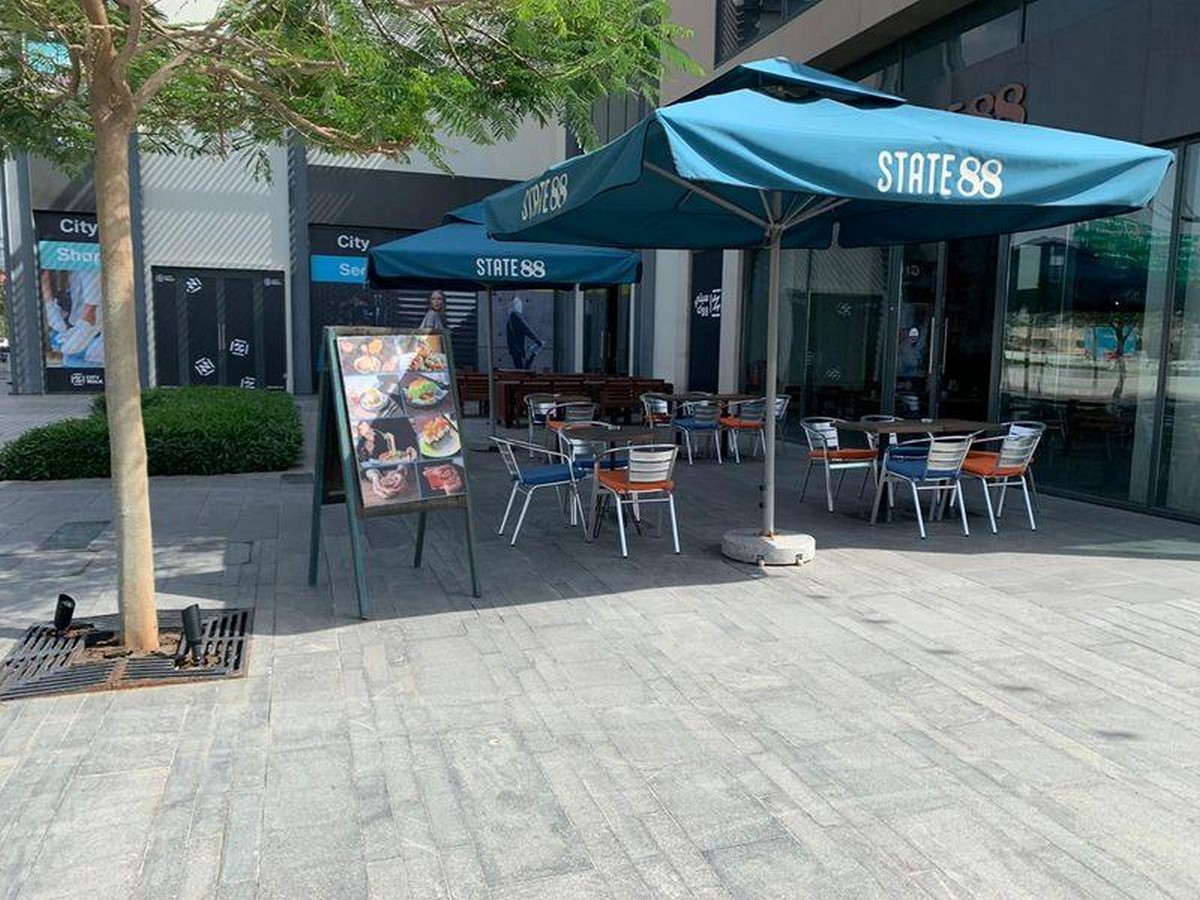
6. Rethinking Space Requirements
An ideal post-pandemic hotel suite will feature bed, bath, wardrobe, minibar, delivery hatch, workspace and gym and, transformable into a self-contained isolation room. The design firm ‘The Manser Practice’ uses the term ‘Utility Pod’ to describe the hotel room.
To practice social distancing vigorously, designers recommend installing partitions made of plexiglass that does not hinder humans visually. These partitions will come handy in protecting staff and guests from the virus and the design of the wall partition can be aesthetically pleasing to complement the interior design of the hotel or restaurant.
Proposals for having remote-activated delivery hatches in hotel suites have also been doing its rounds. The delivery hatches will help prevent staff from entering rooms and will also reduce the guests’ need to visit restaurants. Use of delivery hatches to deliver laundry and other items is another utility it provides and, thus ensures privacy as well.
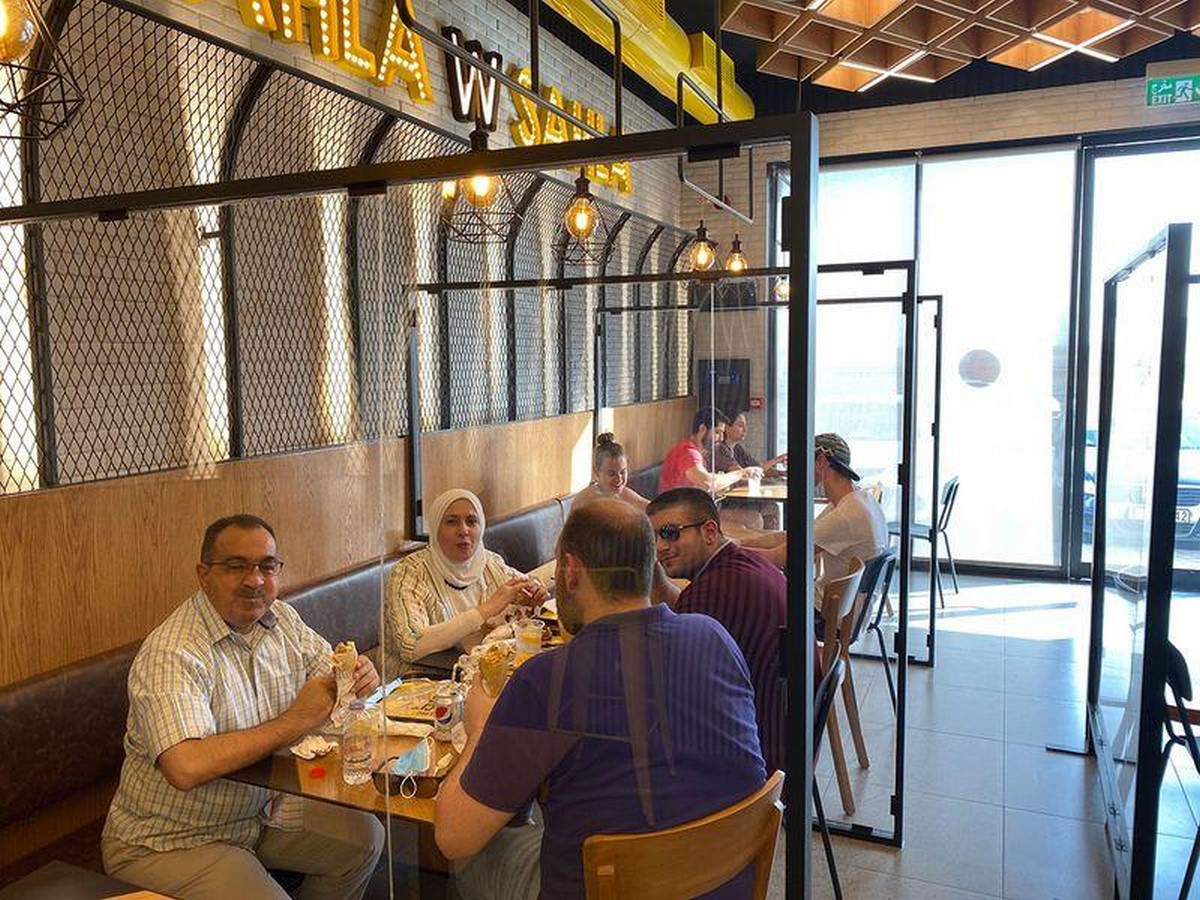
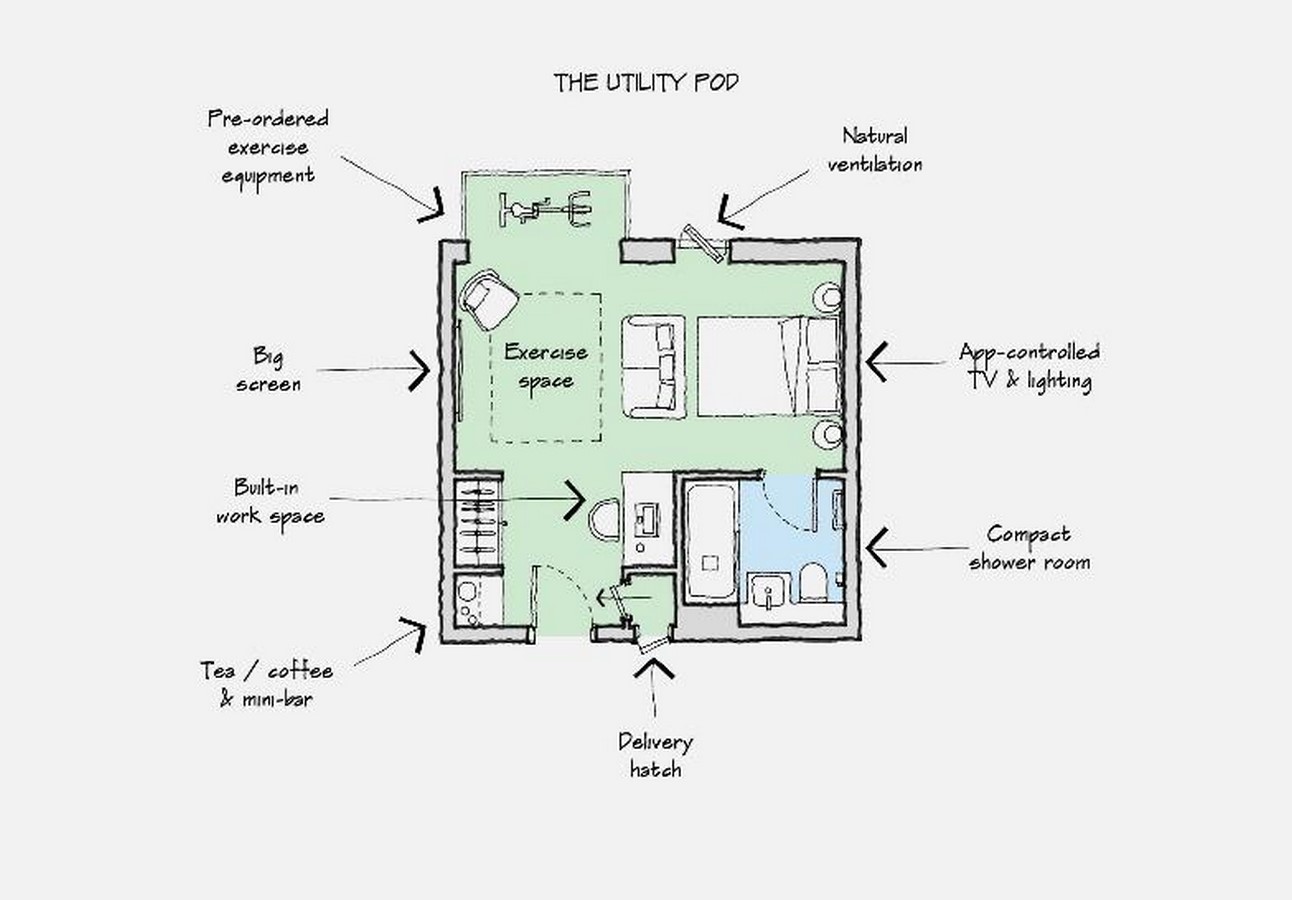
7. Safe Navigation
Designers are putting forth proposals to enable structural changes in existing hospitality sector buildings. Walkways should direct people to practice one-way movement to avoid congestion in public areas such as corridors. The design firm ‘The Manser Practice’ thinks the ‘Paternoster Lifts’ can replace the existing ‘Closed Lifts’ to avoid overpopulation as these lifts typically comprise a chain of open compartments for one or two people.

The hospitality design post-pandemic will feature a lot of technological inputs. Smart technology in hotels and restaurants will help create a safe and sound environment for staff and guests. Artificial Intelligence will play an important role in the design of hotels and restaurants as contactless service will be received well by guests in the foreseeable future. Modular interiors will help maintain adaptability in hospitality design. Post the pandemic several changes may occur in the design codes followed in hospitality design.


